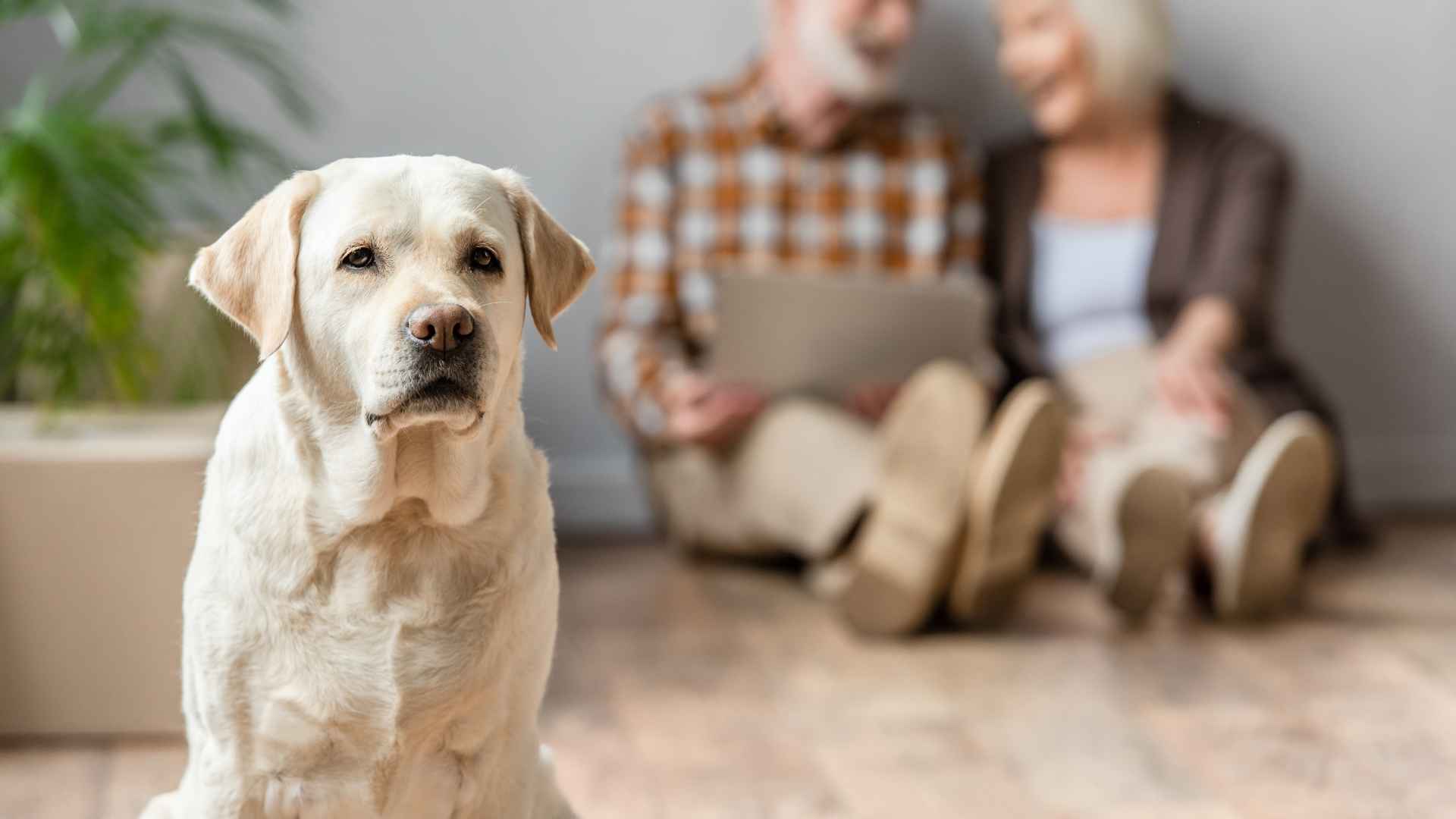Sometimes the best home guard isn’t barking like crazy—it’s quietly present, alert, gentle, and subtly protective. Especially in homes with seniors, dogs that offer steady companionship, emotional support, and mild “watchdog” behavior can be lifesavers without being overwhelming.
Research shows that dog companionship can lower blood pressure, ease anxiety, and boost seniors’ mental wellness through oxytocin and serotonin release.
That’s why certain breeds—steady in temperament, perceptive, and quietly attentive—become perfect low-key guardians. They don’t patrol windows like an alarm system; they stay close, sense a shift in routine, and offer reassurance with presence over posture.
Let’s check out the 7 dog breeds that guard seniors’ homes quietly.
Dog Breeds That Guard Seniors’ Homes Quietly
1. Golden Retriever
Golden Retrievers are basically comfort wrapped in fur—they’ve got all the genes for loyalty, attentiveness, and gentleness.
Historically bred in Scotland to retrieve game gently from water, their instincts include calm focus and strong emotional resonance with humans. These traits make them the best dog breed in senior settings, especially for companionship.
In fact, studies show interacting with an active breed like Goldens—petting, cuddling—triggers feel-good hormones, reduces cortisol, and improves mood and blood pressure. All qualities are valuable for seniors, especially those who might suffer from anxiety or memory loss.
Temperament-wise, these affectionate dogs are naturally intuitive. They sense routine changes and footsteps, and often appear in just the right spot to sit nearby, never hovering, never aggressive, always soothing. Their presence can become a comforting anchor during daily rhythms or medical visits.
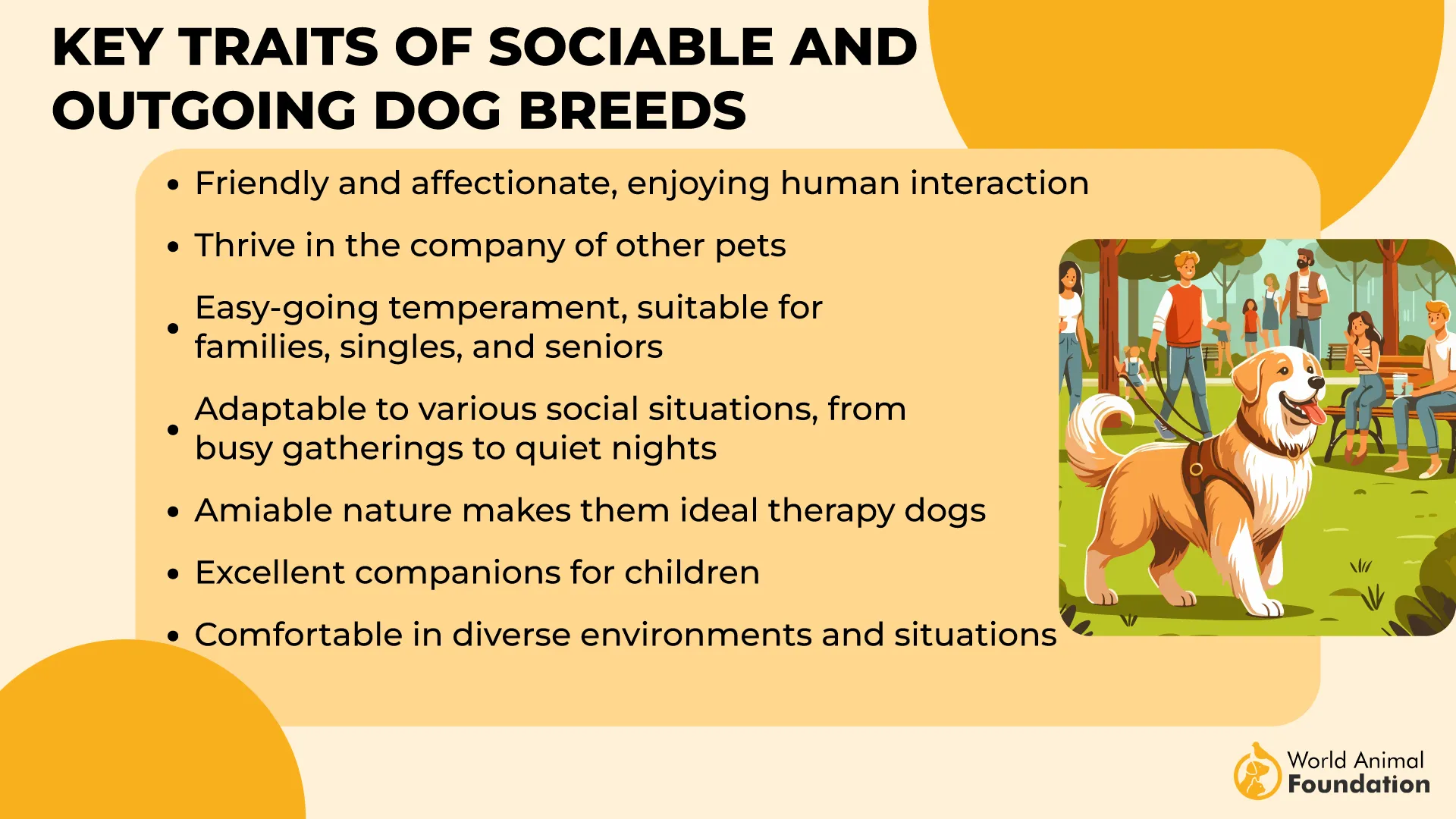
Fun history: Goldens are consistently used as therapy dogs in nursing homes and hospitals. One popular breed used in emotional support roles, their gentle energy and soft gaze earned them thousands of social media posts titled “my Golden knows when I’m sad.”
2. Labrador Retriever
Labradors are like Goldens’ chill cousins—they bring all the empathy and calm, but with a bit more low-key energy. Trained originally as water retrievers in Newfoundland to assist fishermen, they’re resilient, smart, and excel at obedience training and showing unconditional love.
Studies show having a Labrador in a senior’s home encourages physical activity—short walks, grooming, playtime—which improves mobility, blood pressure, and overall wellness. They help seniors stay active and emotionally engaged.
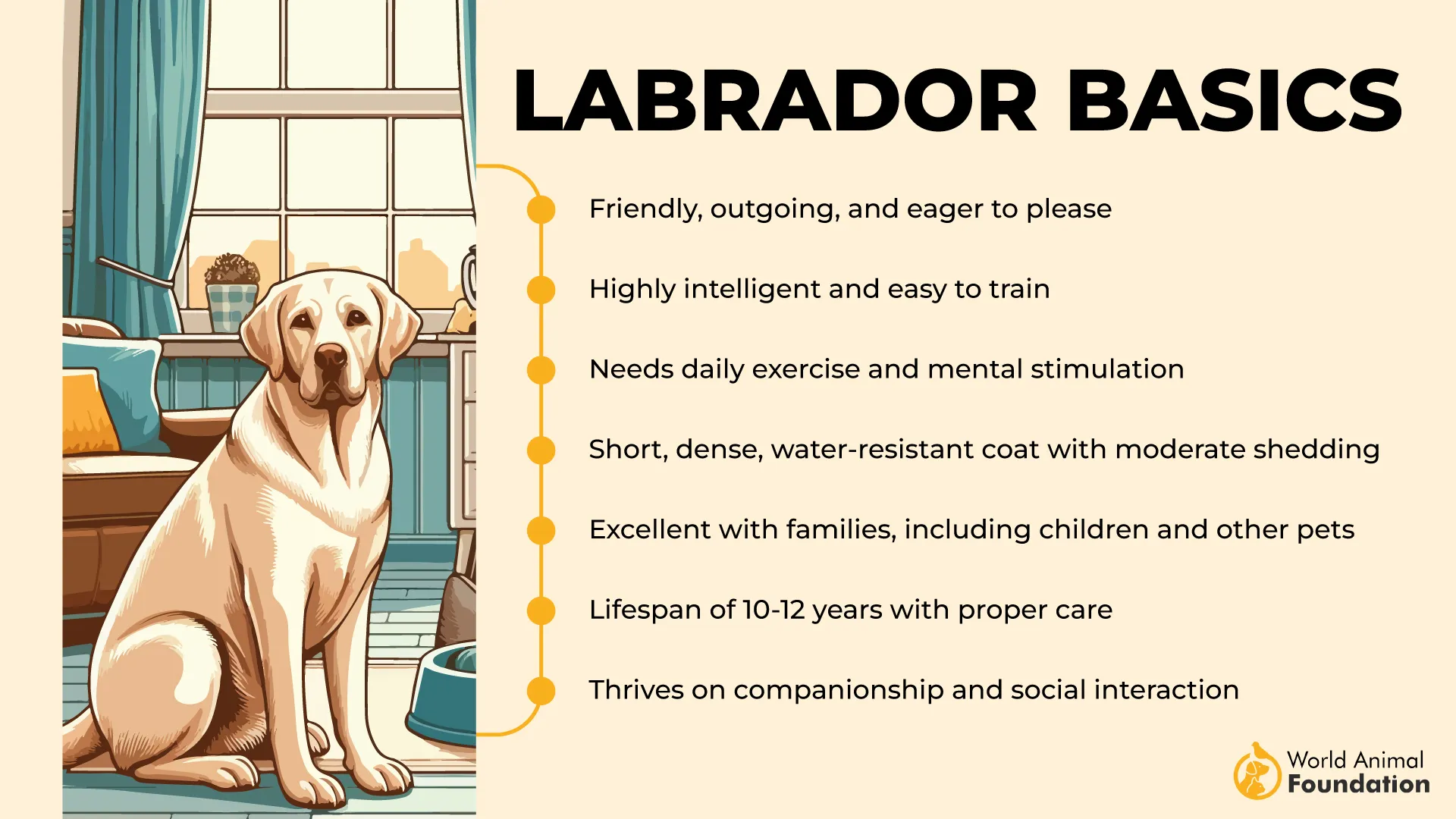
Labs are smart about boundaries—they’ll sit quietly near a chair or bed, staying alert for changes in environment or behavior, but never intrusively. You’ll rarely see a Lab go off barking; they know when to stay calm and when to alert gently.
Modern reference: Labradors are the top breed used as service dogs—they can perform task-based alerts, emotional support, and companionship. Their soft yet vigilant nature often puts seniors at ease.
3. Cavalier King Charles Spaniel
If you want lap-warming, heart-reading comfort combined with light awareness, the Cavalier King Charles Spaniel (CKCS) is the breed. Bred as companion dogs for British royalty, they excel at reading human emotions and responding with affection, even if only through soft presence.
A study in Animal Cognition notes their exceptional adaptive intelligence, meaning these best lap dogs are good at interpreting emotional signals rather than complex commands. That makes them perfect for elderly folks who crave silent companionship more than training routines.
PetMD mentions Cavaliers rarely bark without reason and quickly sense changes in routine: a pause near a door, the sound of a visitor, or your footsteps. They’ll appear calmly, offering company without chaos—that is, guard duty turned heartwarming.
One Reddit thread mentions owning a Cavalier is easy, as it is a low-maintenance dog and doesn’t have a lot of exercise needs.
4. Miniature Schnauzer
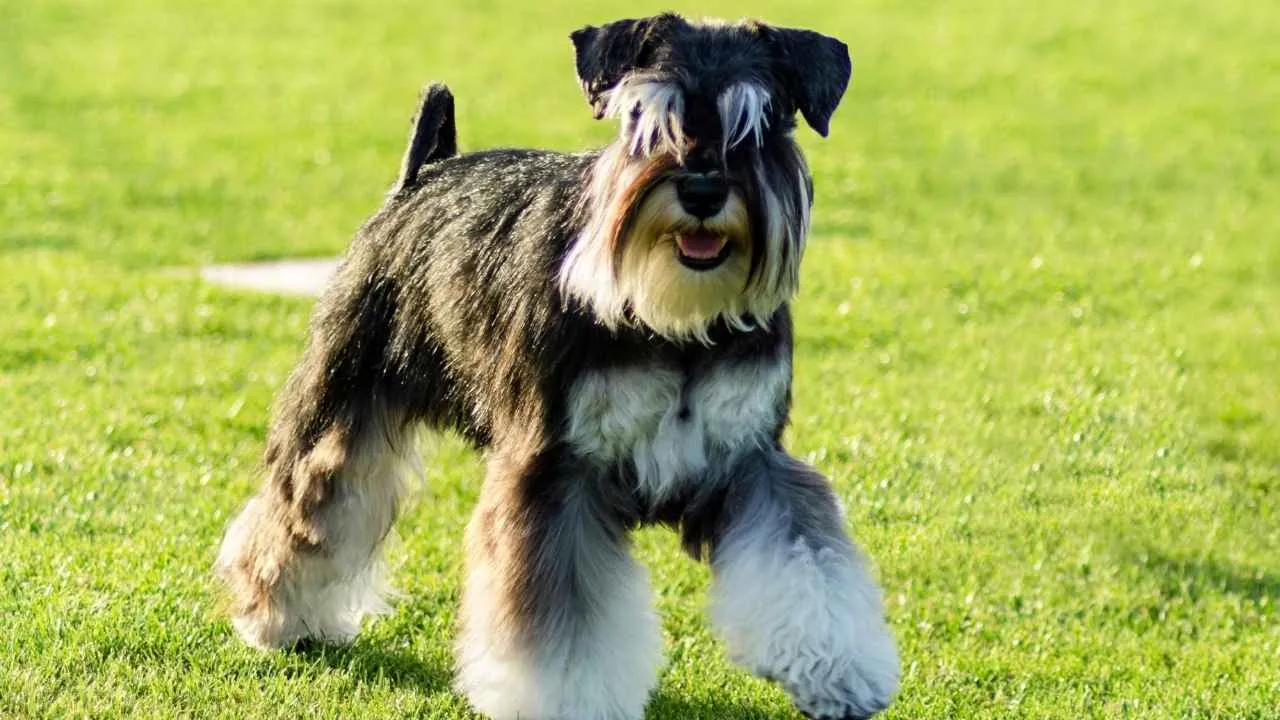
Miniature Schnauzers are small but perceptive. Originally bred in Germany to guard stables and control vermin, they inherited both alertness and a gentle demeanour, so they can sense unusual noises or movement and pause, without freaking out the residents.
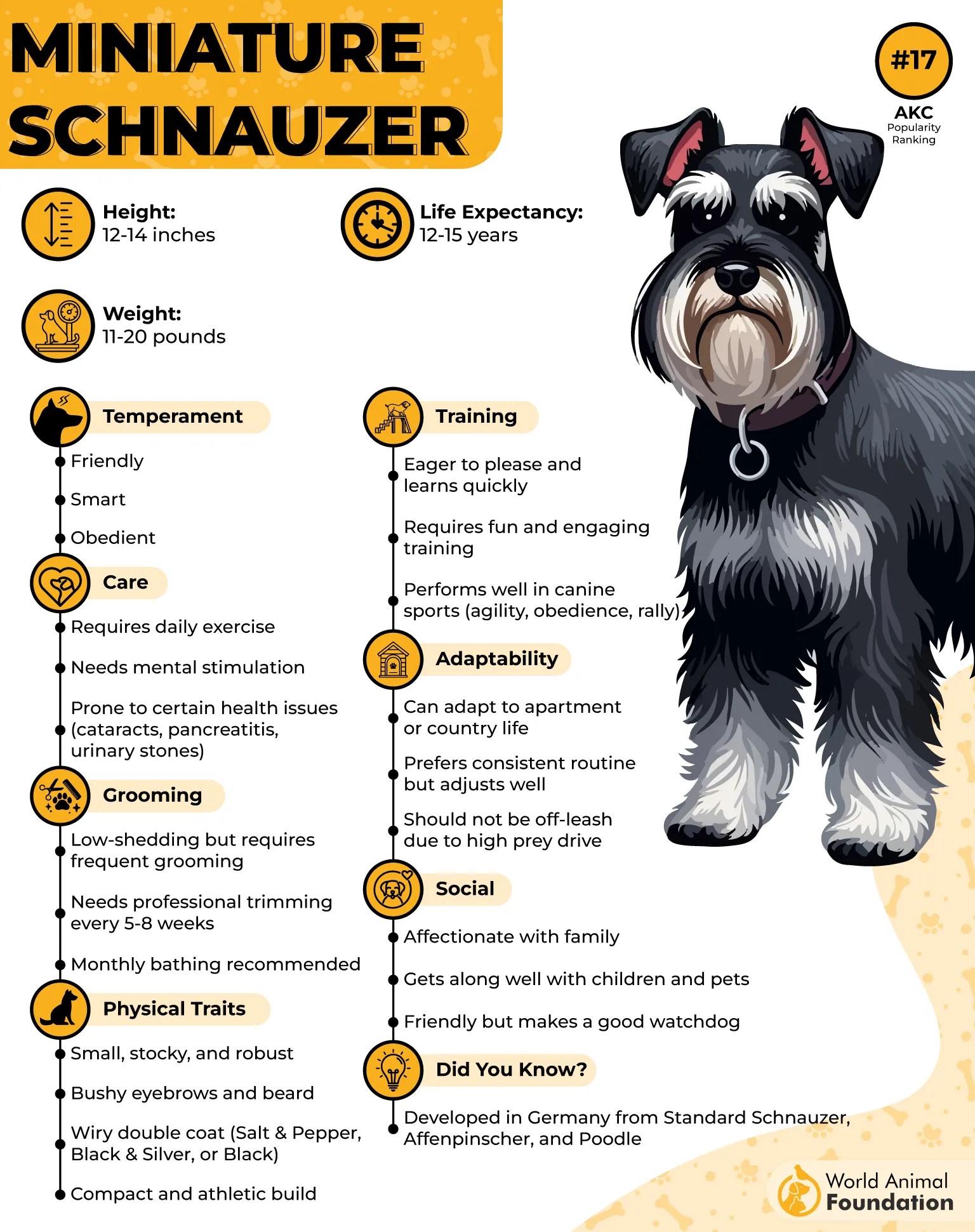
The Schnauzer thrives on rhythm: morning treat time, afternoon walk, quiet lap time. They alert softly if something’s amiss, then return to snooze mode.
Despite being an energetic breed, PetPlan mentions it is an adaptive one and a reasonable option for seniors when compared to other pets.
Their signature beard and expressive eyebrows give them a thoughtful look, almost like they’re evaluating every sound before deciding if it needs your attention. Without high-pitched barking, they can raise gentle awareness if needed.
Just regular brushing and occasional bathing are all they need for their upkeep.
Historically, this low-maintenance dog breed was common in households, acting as watchdogs and ratters but also loyal companion. In modern times, they’re still popular in urban and senior homes because of their size and easy care.
5. Havanese
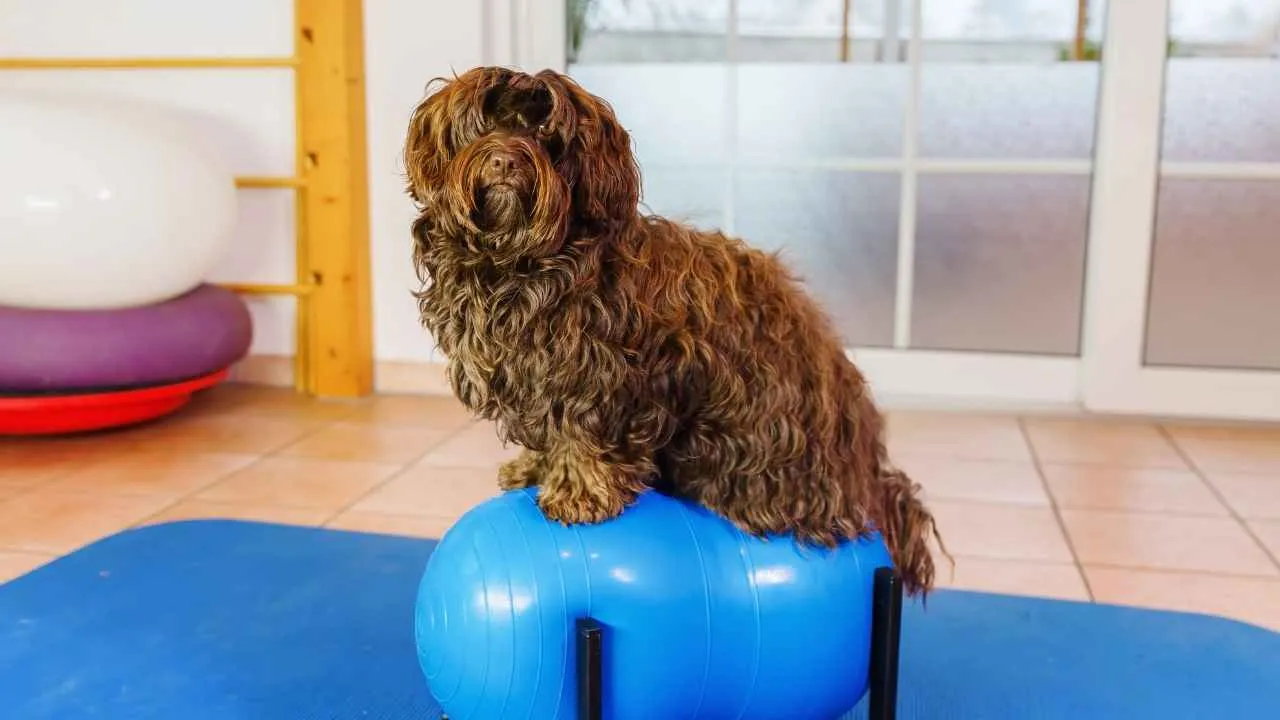
Next: the Havanese. These tiny Cuban-born charmers are affectionate, sensitive, and quietly observant. While they may not look like traditional guard dogs, their emotional intelligence makes them sensitive to seniors’ moods and home rhythm changes.
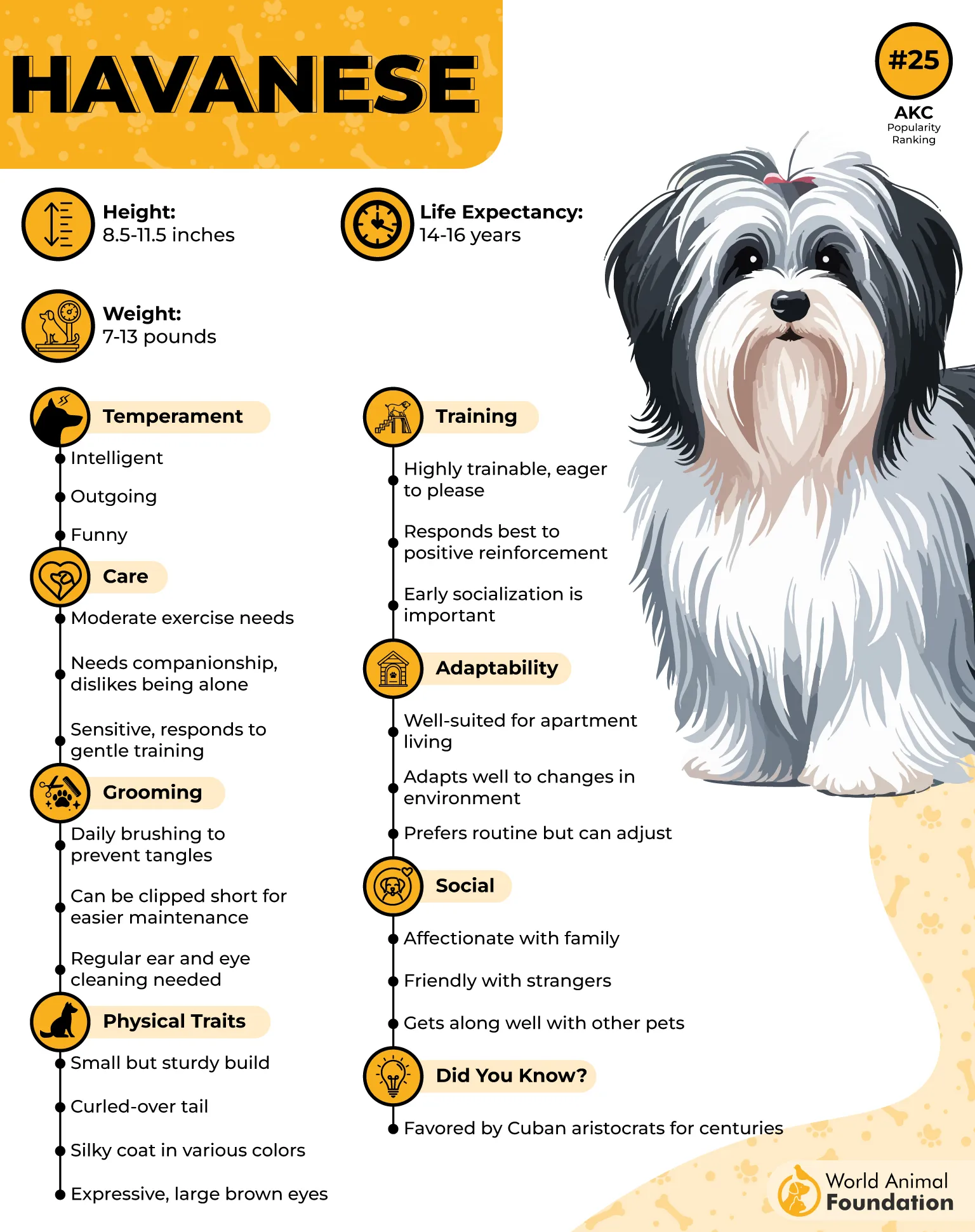
Their small size makes them ideal for seniors—they can curl up on laps or rest beside a walker without causing trips or clutter. They bring comfort and subtle awareness. Their presence can spark interaction, reduce loneliness, and even improve cognitive function when residents talk or play with them.
Even though it is a playful clown, this National Dog of Cuba adapts to quiet environments easily, as per the AKC.
These dogs are alert enough to notice unusual sounds (doorbell, footsteps) and calmly look toward the source, allowing a human to decide the response.
They don’t need regular grooming. Rather, occasional professional grooming once in a while will work towards making them appear neat and tidy.
Fun context: Havanese are increasingly used in therapy visits at senior centres, performing little tricks that spark smiles and conversation. Their effect is less about protection and more about emotional reassurance.
6. Pug
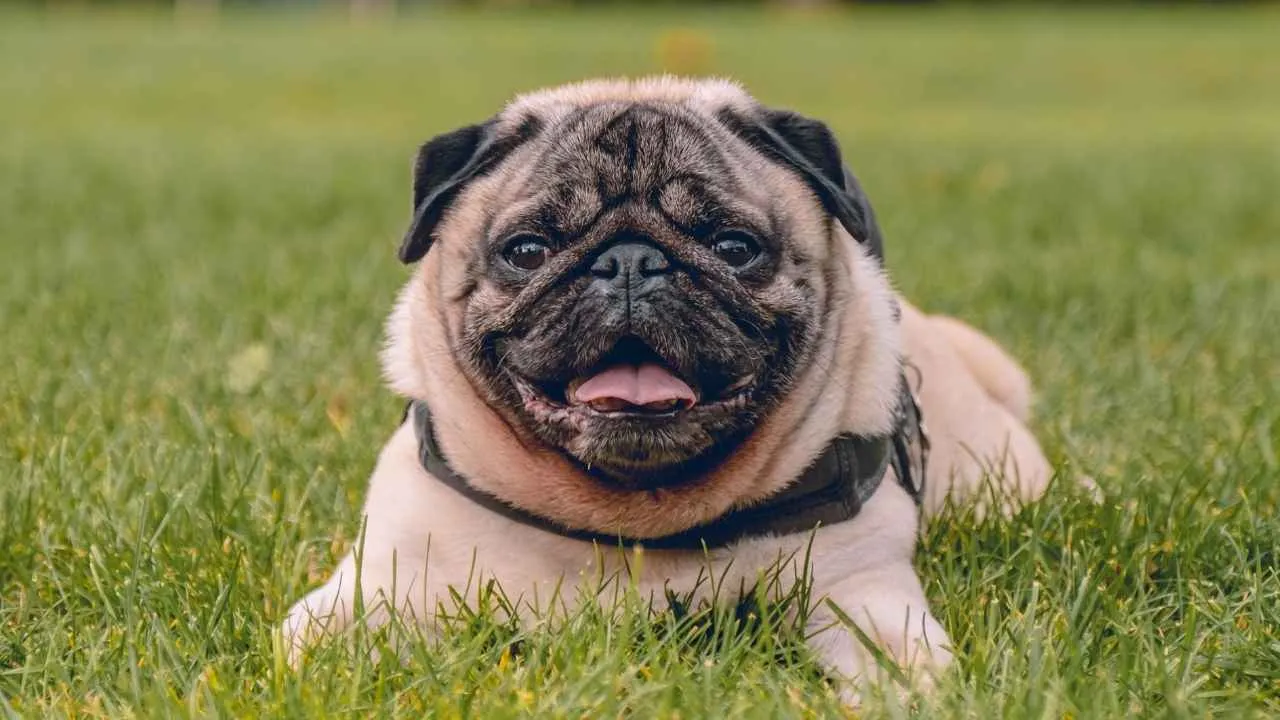
Pugs are low-energy cuddle experts.
Bred as lapdogs for Chinese royalty and later Europe’s elite, these calm dogs created companionship out of charm—big eyes, gentle breathing, soft snores, and unwavering devotion.
Physiologically, these intelligent dogs bond fast; petting them releases serotonin and oxytocin in both dog and human. Their quiet company helps reduce stress and raise mood in seniors suffering from anxiety or isolation.
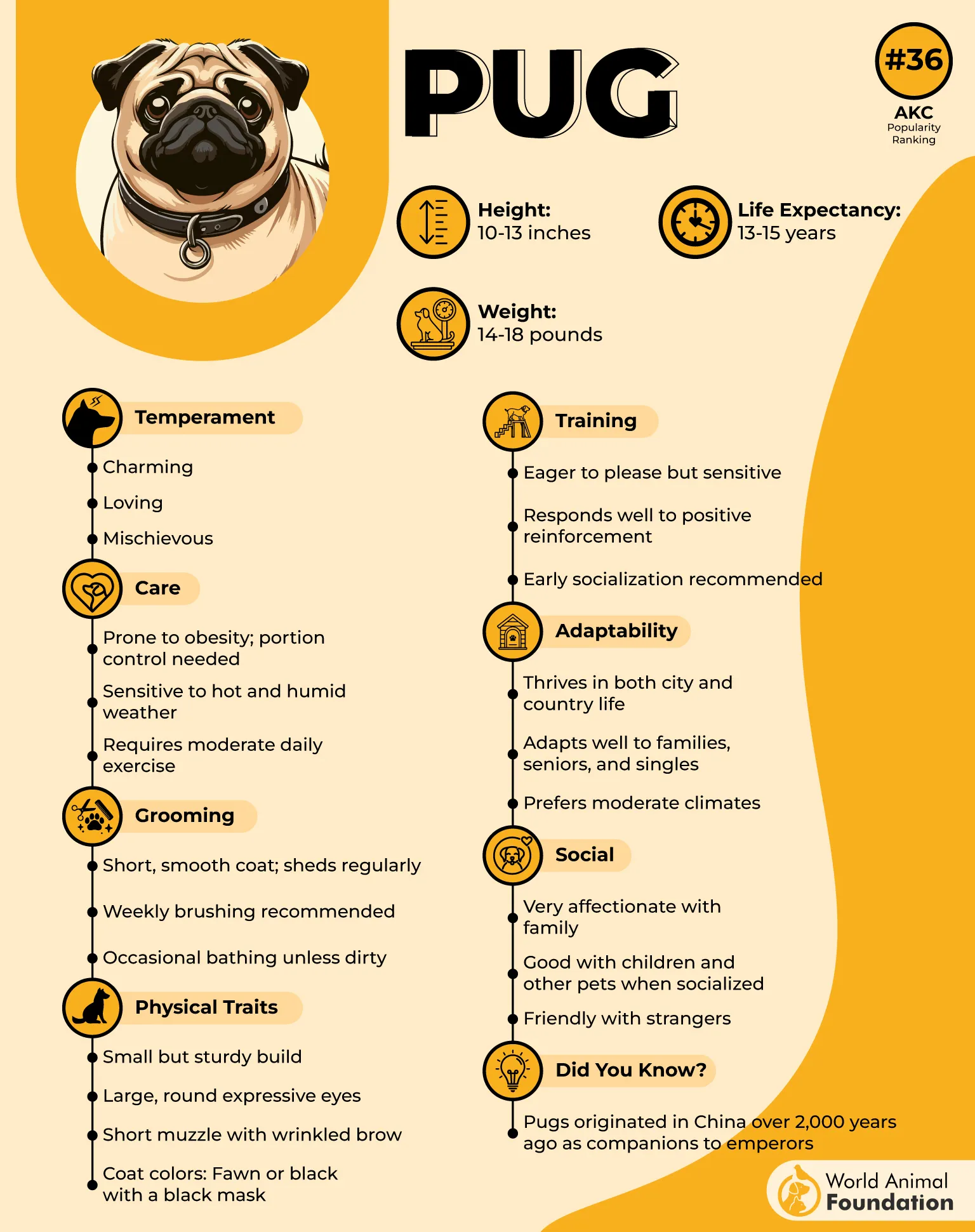
If there’s a disruption—say, a visitor at the door—they might alert with a grunt or small bark, then sit calmly at your side. That’s perfect: minimal alarm, maximum vigilance.
Even as adult dogs, you can’t call it the fastest dog breed out there! Rather, it’s the opposite, one of the slowest!
They’ve become a pop culture staple for therapy visits and senior companionship, often called “living teddy bears.” Their charming faces and gentle temperament bring smiles even on slow days.
7. French Bulldog
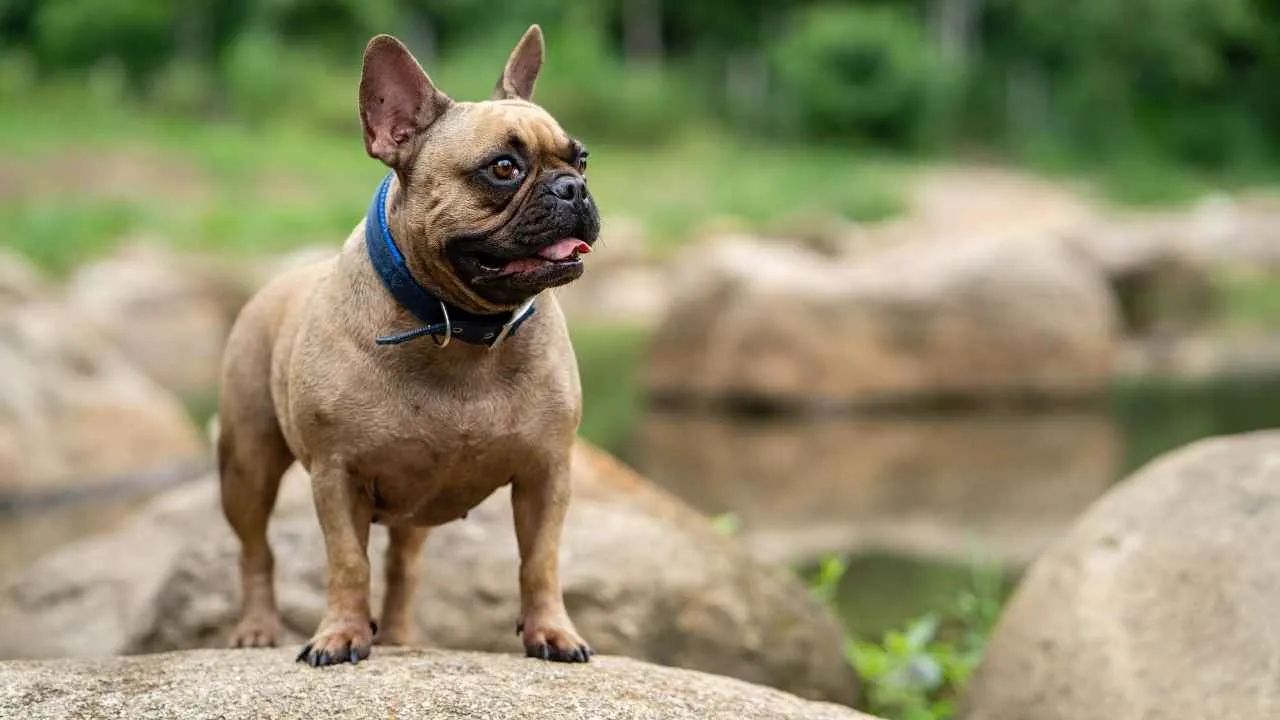
French Bulldogs are small-but-mighty presence detectors. Though not traditional guardians, their people orientation, quiet moods, and low activity make them great silent watchers in a senior household. They can curl up in a recliner as quietly as they can notice someone approaching.
Studies on the presence of small dogs show hormone reduction in stress when seniors pet certain calm breeds, even short sessions lower cortisol. Frenchies deliver that calm reliably, especially with short grooming needs.

They’re known to tolerate routine well, and any odd presence, like a postal worker or neighbor, gets a raised eyebrow or a gentle bark. Then, they immediately return to snooze—so they don’t overwhelm residents with noise.
These lap dogs with an affectionate nature have gained popularity during pandemic isolation as low-maintenance yet affectionate companions, particularly for older folks who want warm company without a high-exercise dog that constantly asks for long walks.
Conclusion
There you have it—seven dog breeds that make excellent guard dogs—not with noise, but with presence, perception, and emotional companionship. Goldens and Labs for soothing loyalty; Cavaliers for heart-reading sensitivity; Schnauzers, Havanese, Pugs, Bichon frise, Pekingese dogs, Maltese dogs, and Frenchies for gentle vigilance and strong bonds.
The real secret? Dogs don’t just bark—they feel. Studies show that their pet ownership helps reduce blood pressure and loneliness, improves mood, and can even improve cognition. When placed in a senior home, these breeds bring comfort, routine, companionship, and just enough awareness to offer subtle protection without overwhelm.


